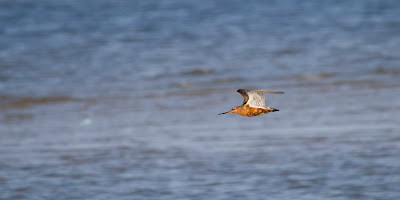Of course this is an exaggeration, because there are also quite many amateur photographers who are interested in what the picture says. But most, I think, prefer to stay on the safe side, and techniques make up a more 'secure' area than artistic aspects.
From a technical point of view, the picture below is hardly acceptable. It was made with the camera of my mobile phone, with only 2 megapixels. And even in the phone cameras there are technical differences: my previous phone, a SonyEricsson, made much better pictures of 2 megapixel than my current one, an HTC. But the point I want to make is precisely that pixels are not all. Nor is it a problem, I think, that there is some glare from a lamp in the left bottom corner--on the contrary, it adds to the charm. To me, this picture of a staircase in a somewhat rundown hotel in Oslo (Norway) is charming because of the pattern, the spiraling lines of the staircase, the repeating pattern of open metal circles, and the contrast between the staircase itself which is rather modernist and the handrail with its flowers and frills. Also the pattern of light and shadow in the upper left corner adds to the picture, repeating the staircase pattern and breaking the monotony of the white wall.
By the way, the picture was not photoshopped (to answer the photographers' clubmember's question). All corrections were made in Lightroom: I cooled the too warm whites, desaturated the still predominant yellow tones and gave a little more vibrance to the colours to maintain the wooden character of the handrail.
Another thing: this is the second picture in this blog of a staircase. Yes, I admit I have something with stairs. I find them interesting symbolically, or socially: they connect levels, they are symbols of communication. But I also find them interesting photographically. I like anything with repeating patterns, I guess, but especially if the repetition is not quite perfect, as in pictures of staircases: steps vanish in the distance, getting perspectivally smaller or changing from sharply focused to vague. And spiral staircases are even more special, because they add the element of turning steps. Not simplicity but sinplicity (simplicity-with-a-twist), in the term that happened to enter my blog accidentally.











